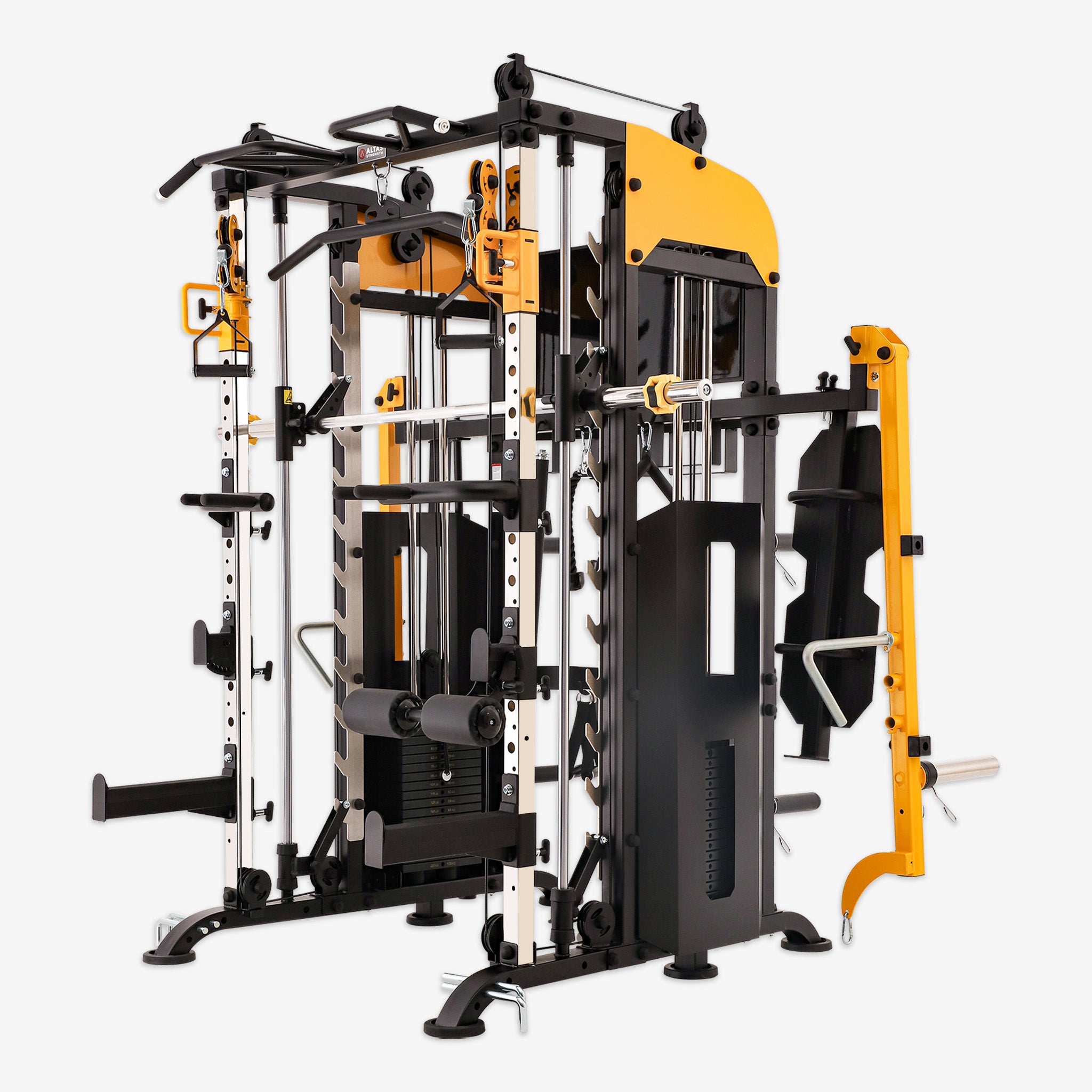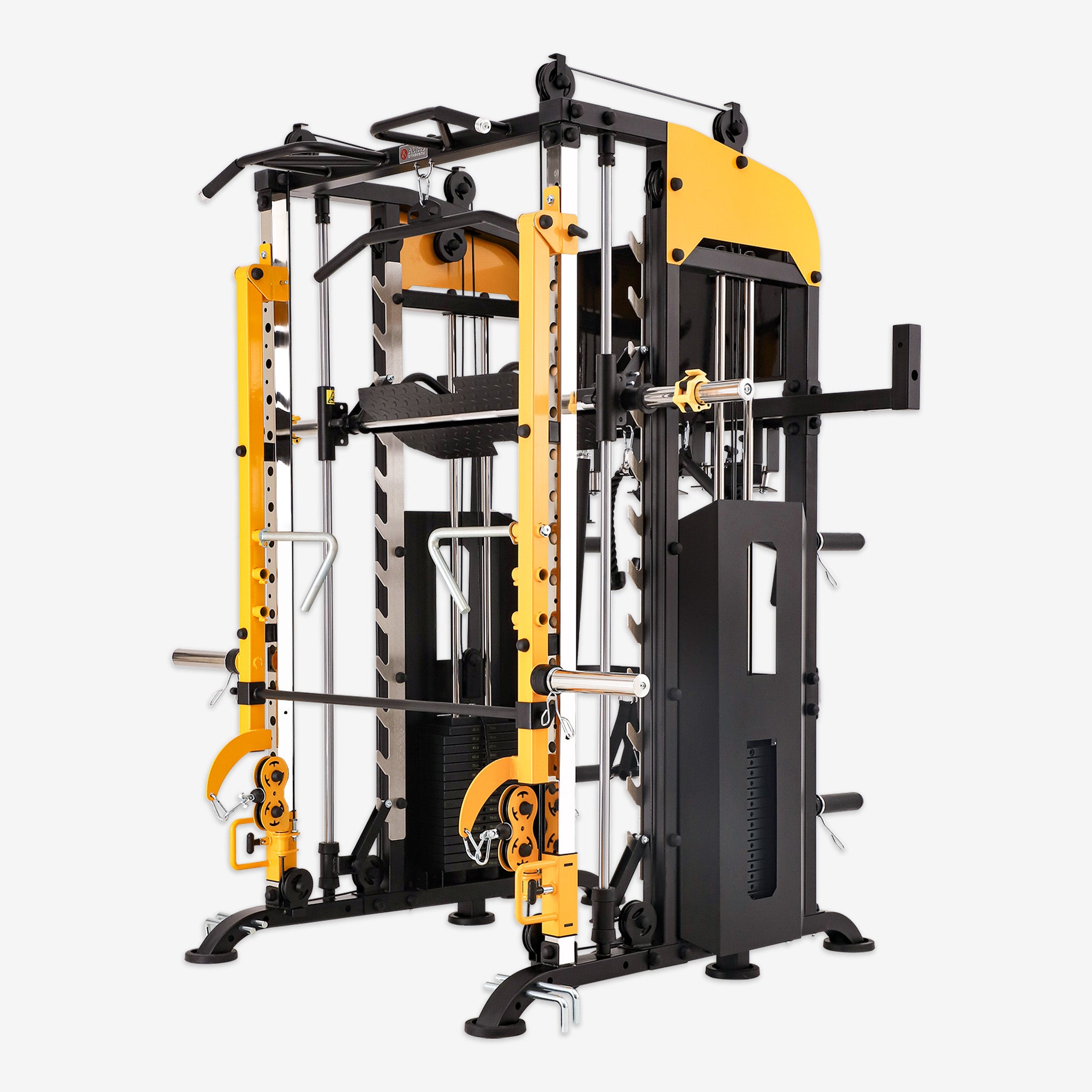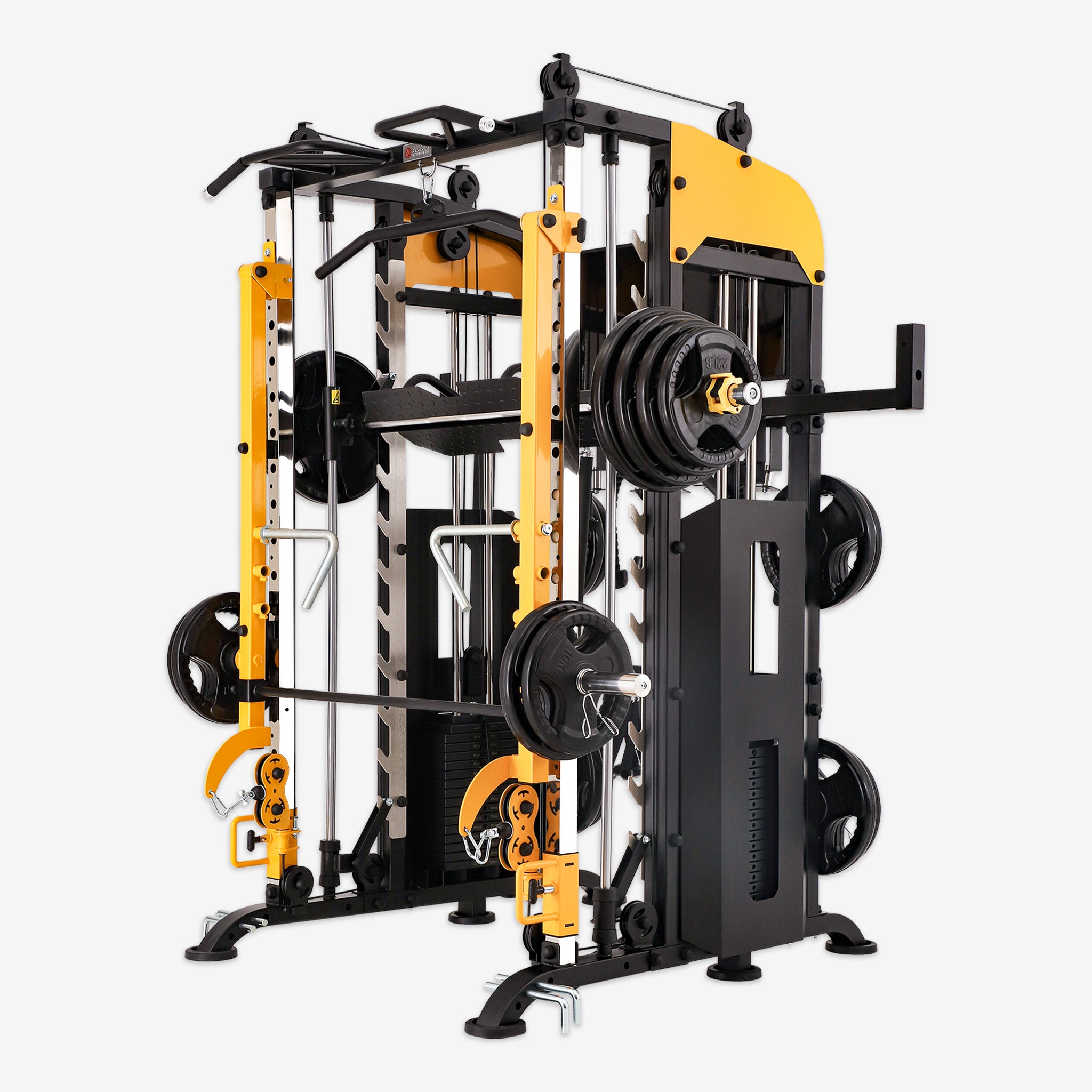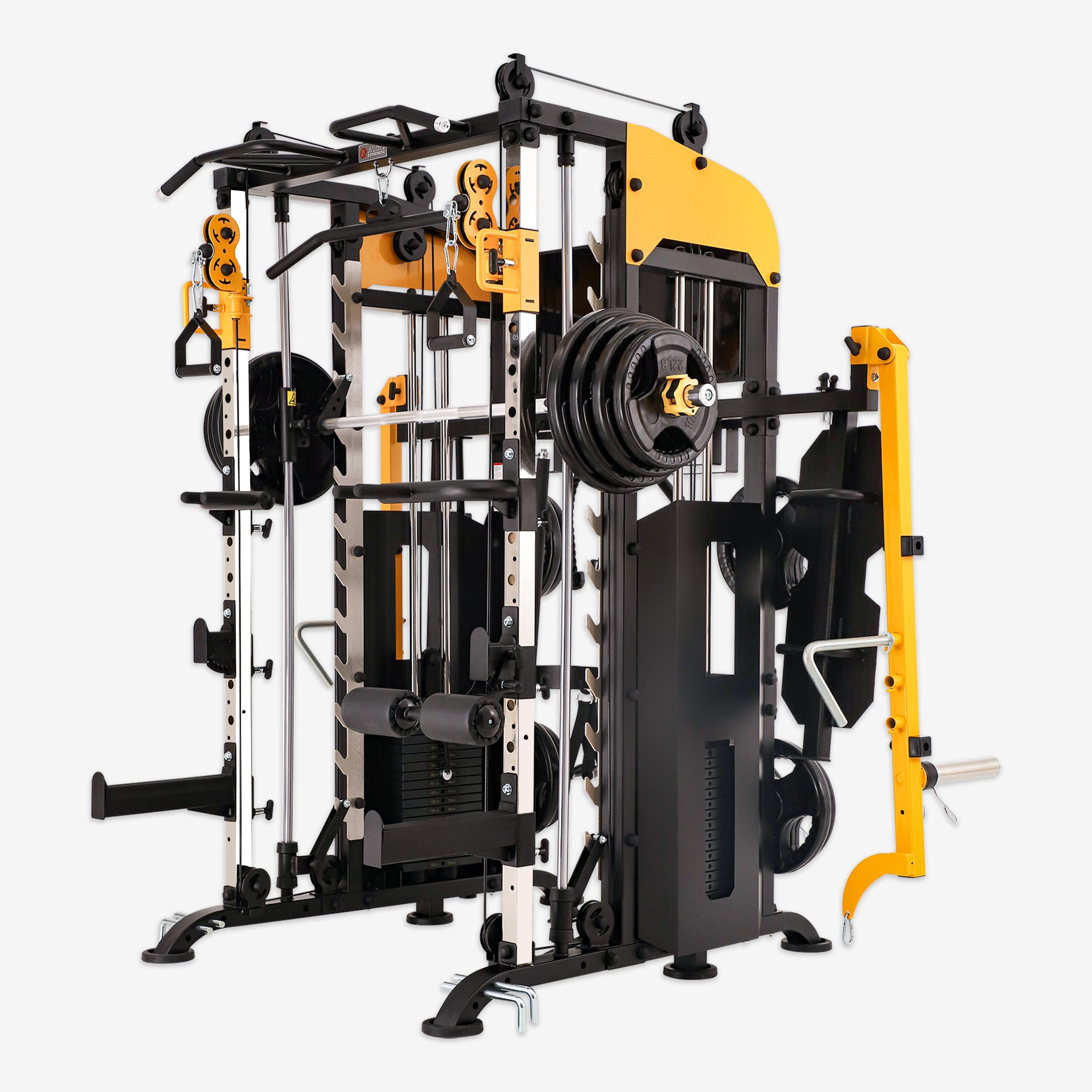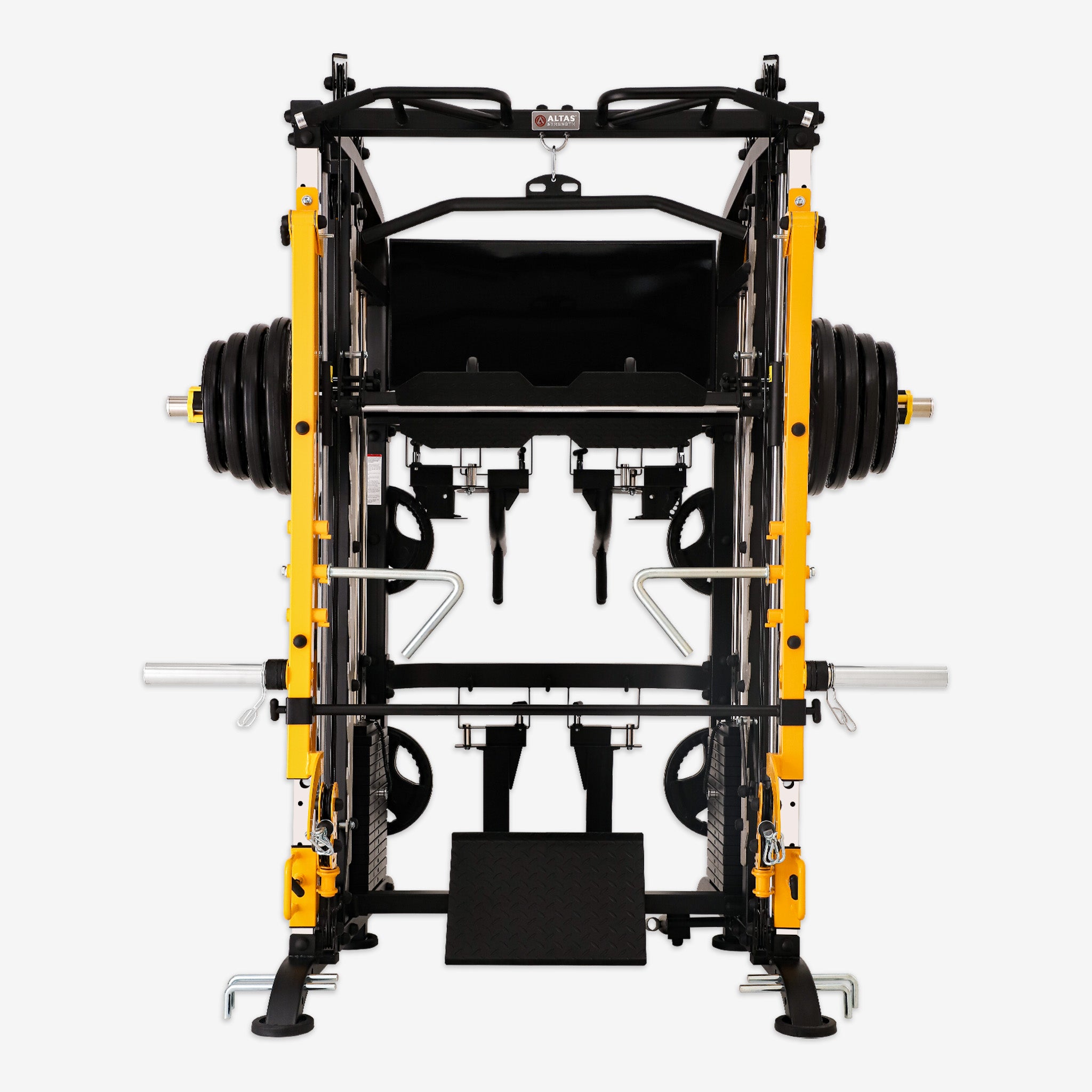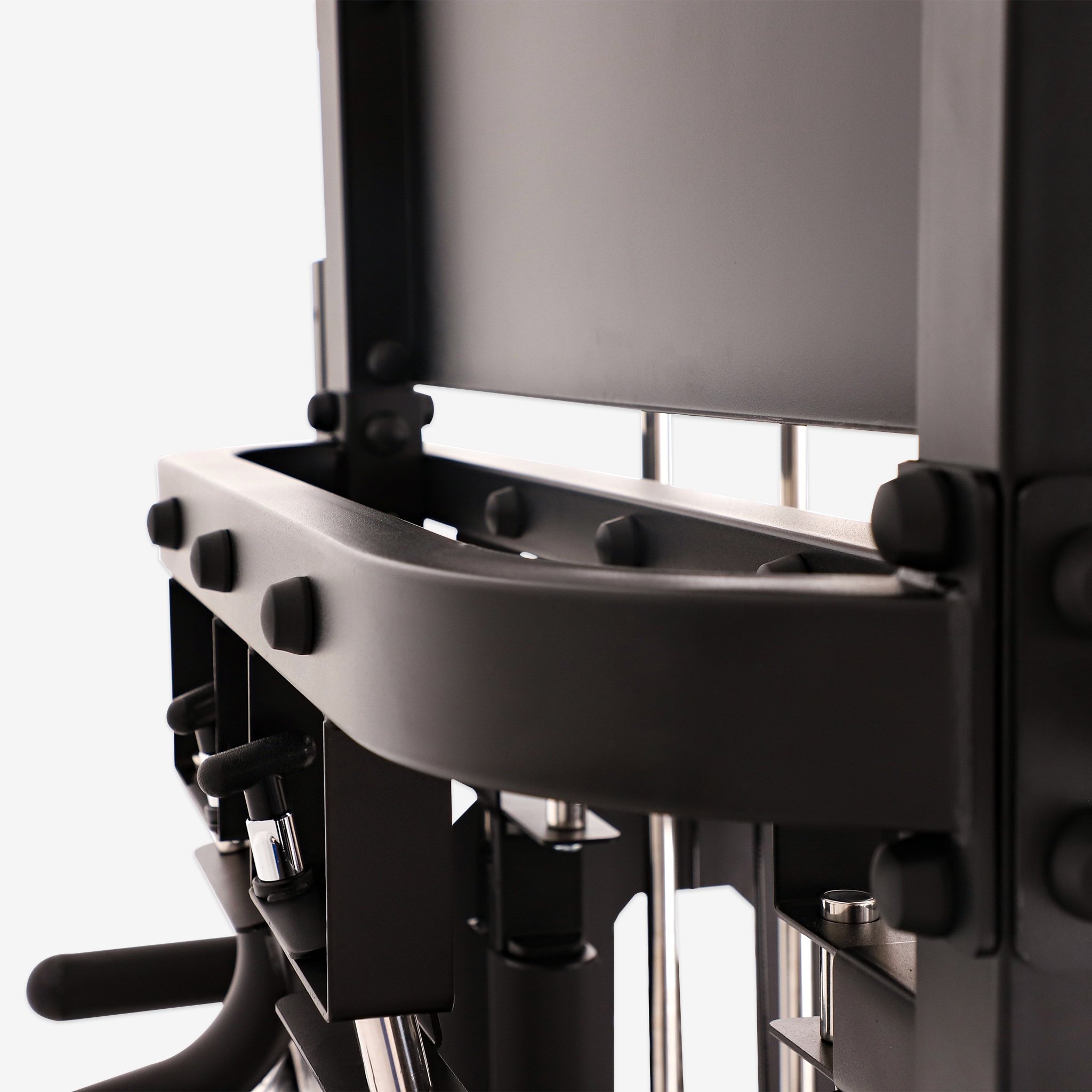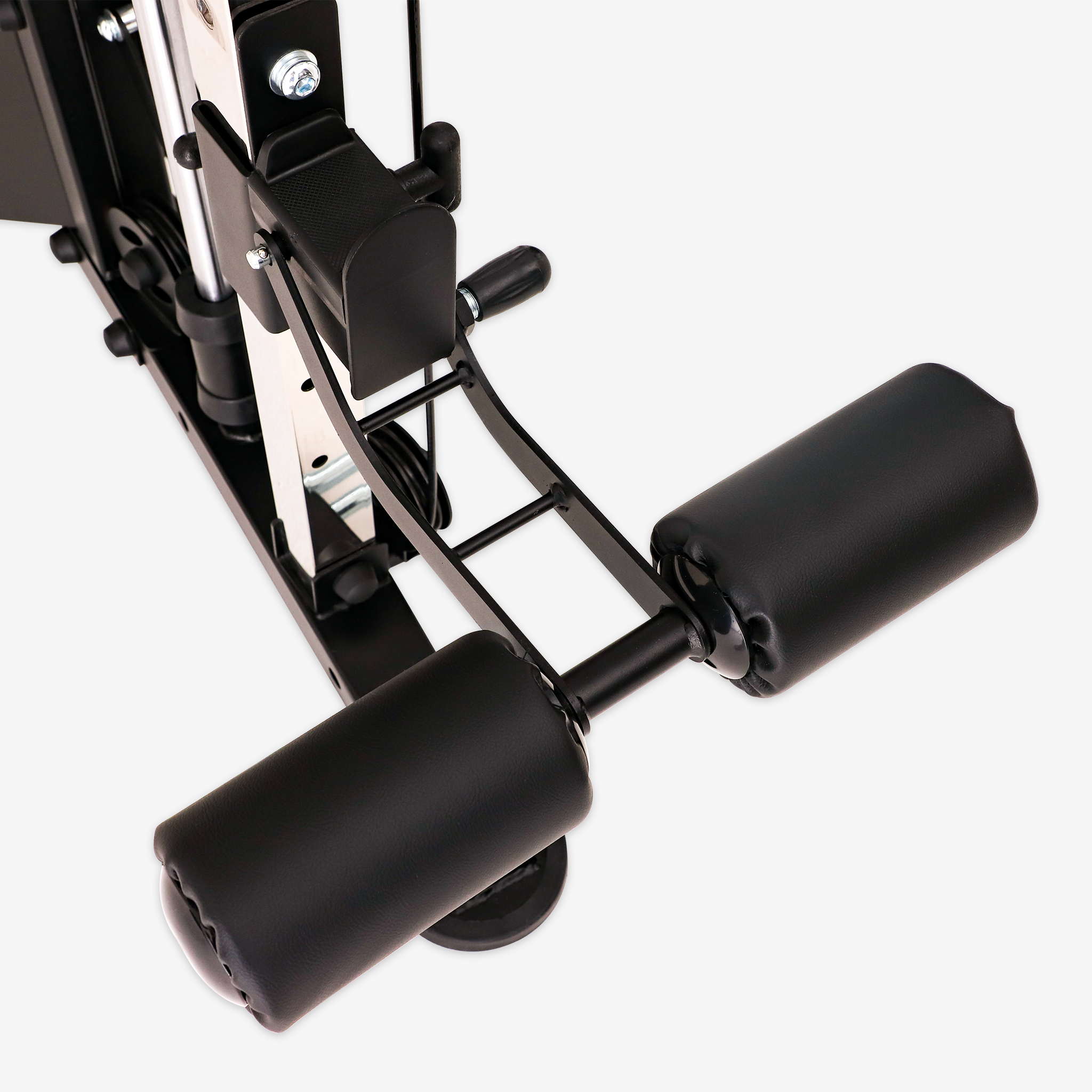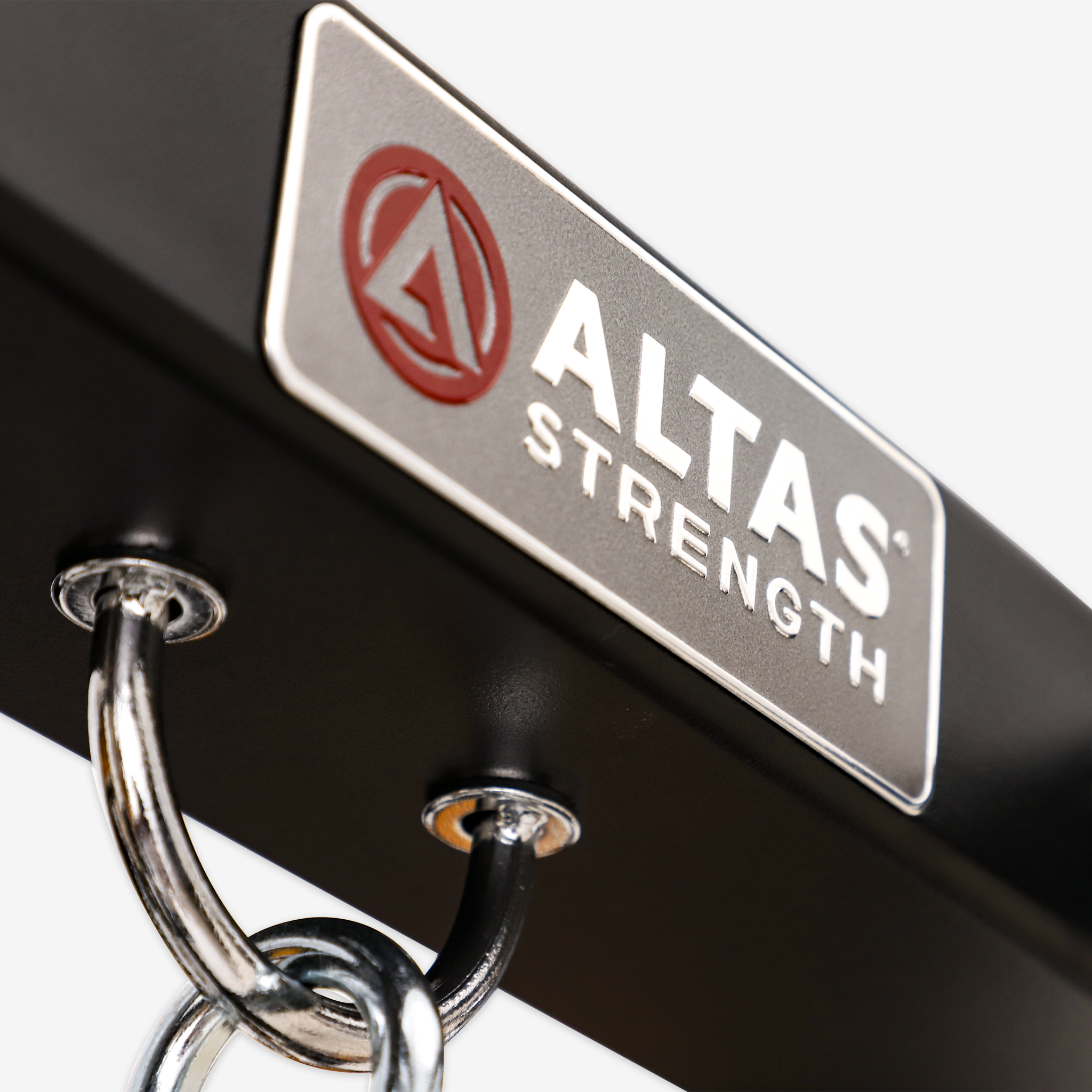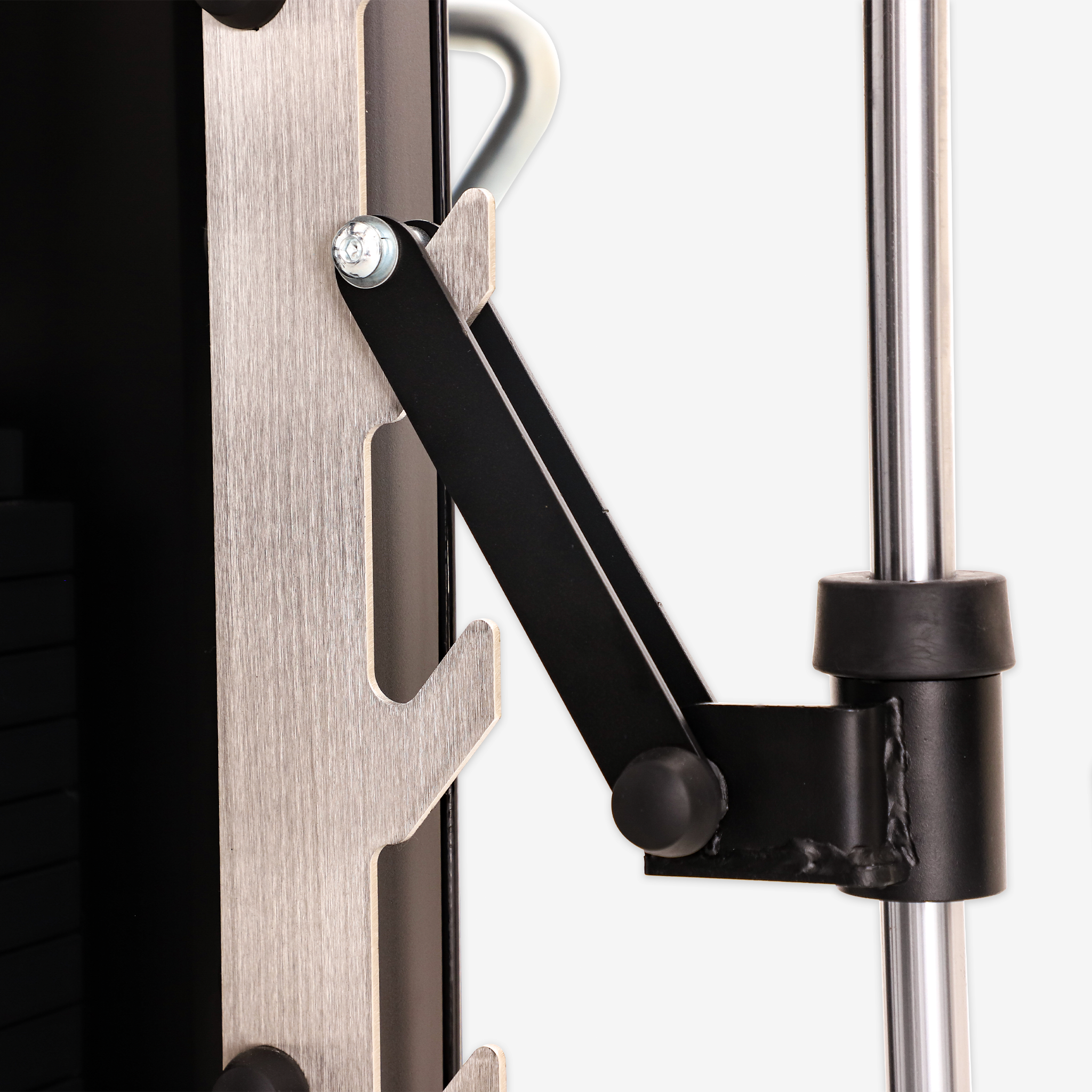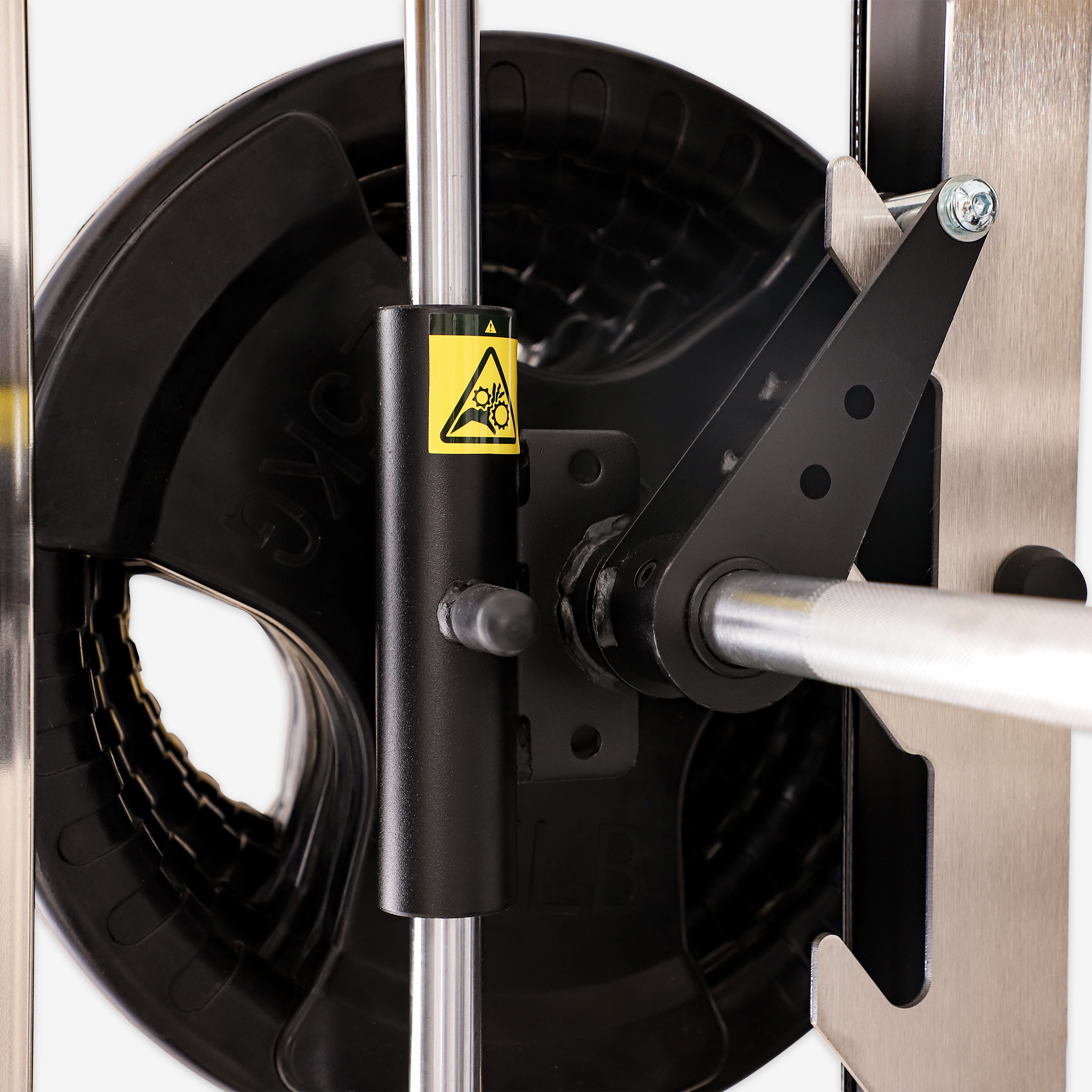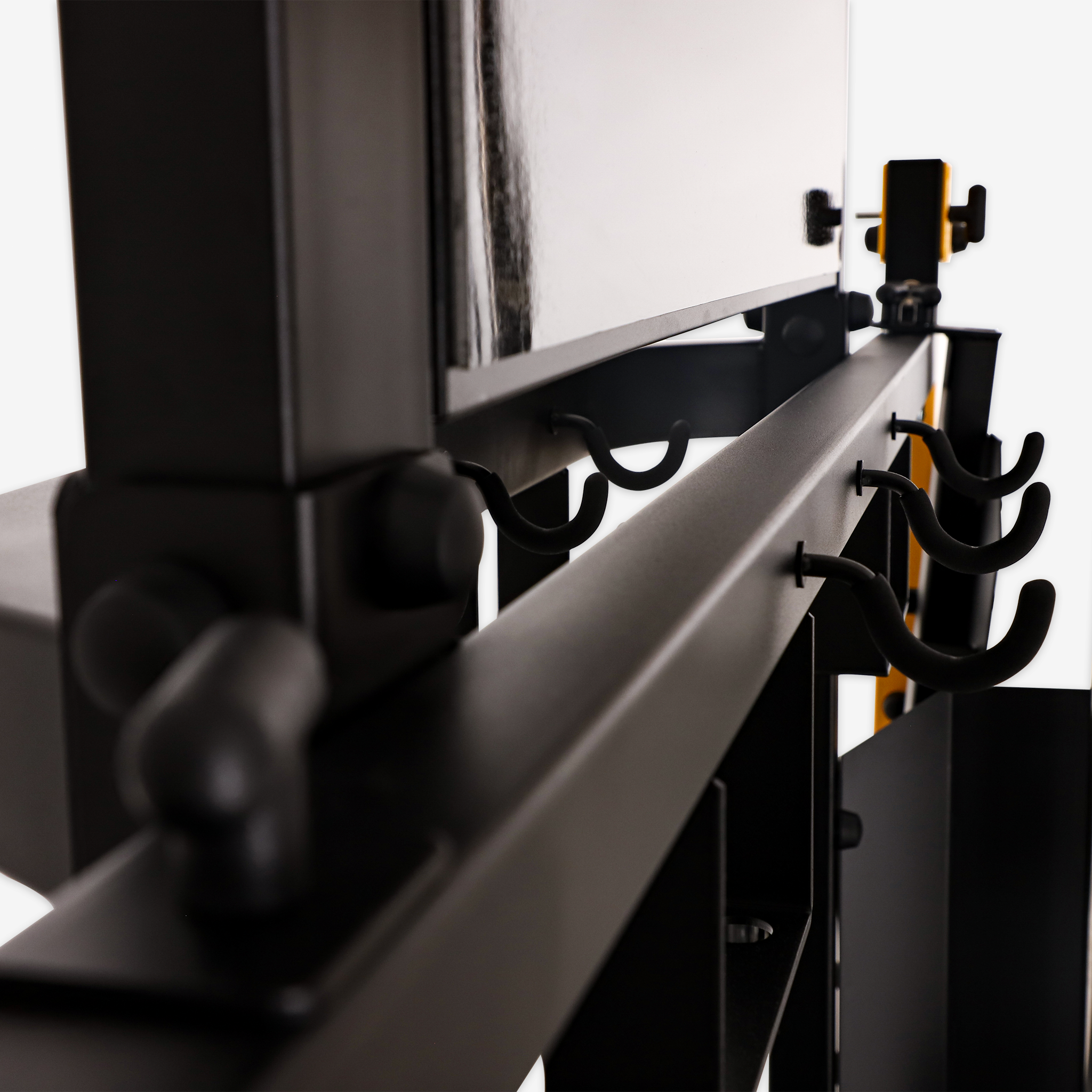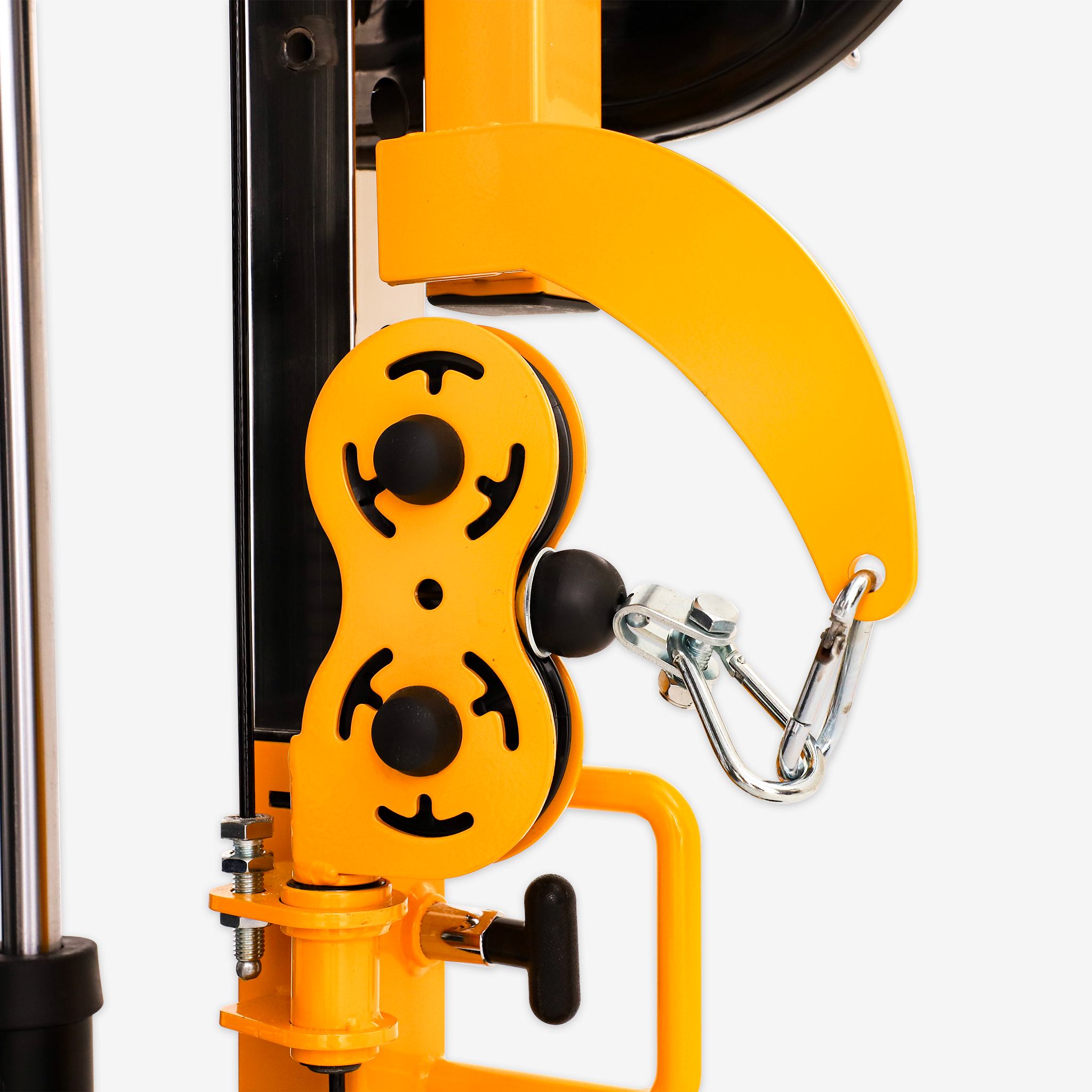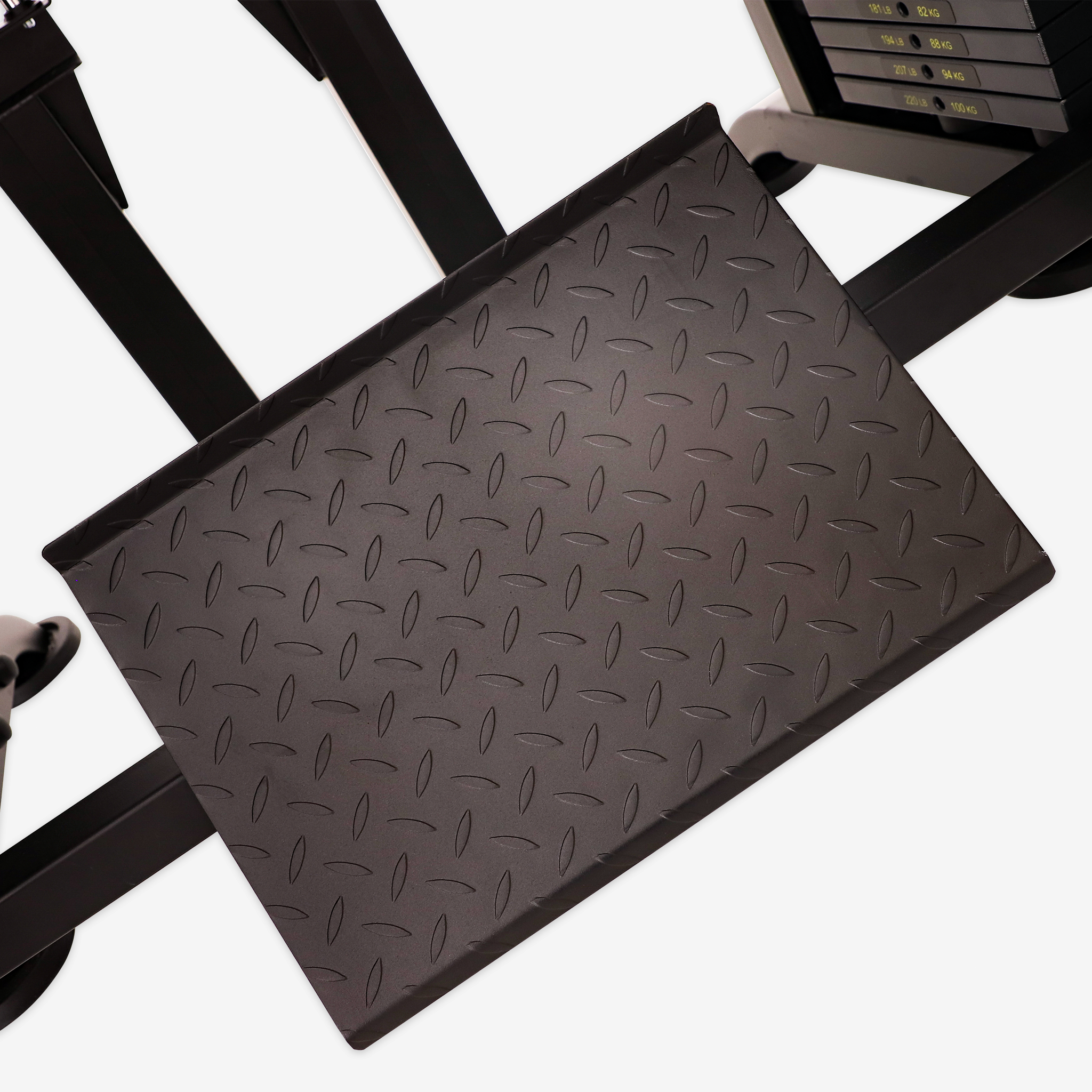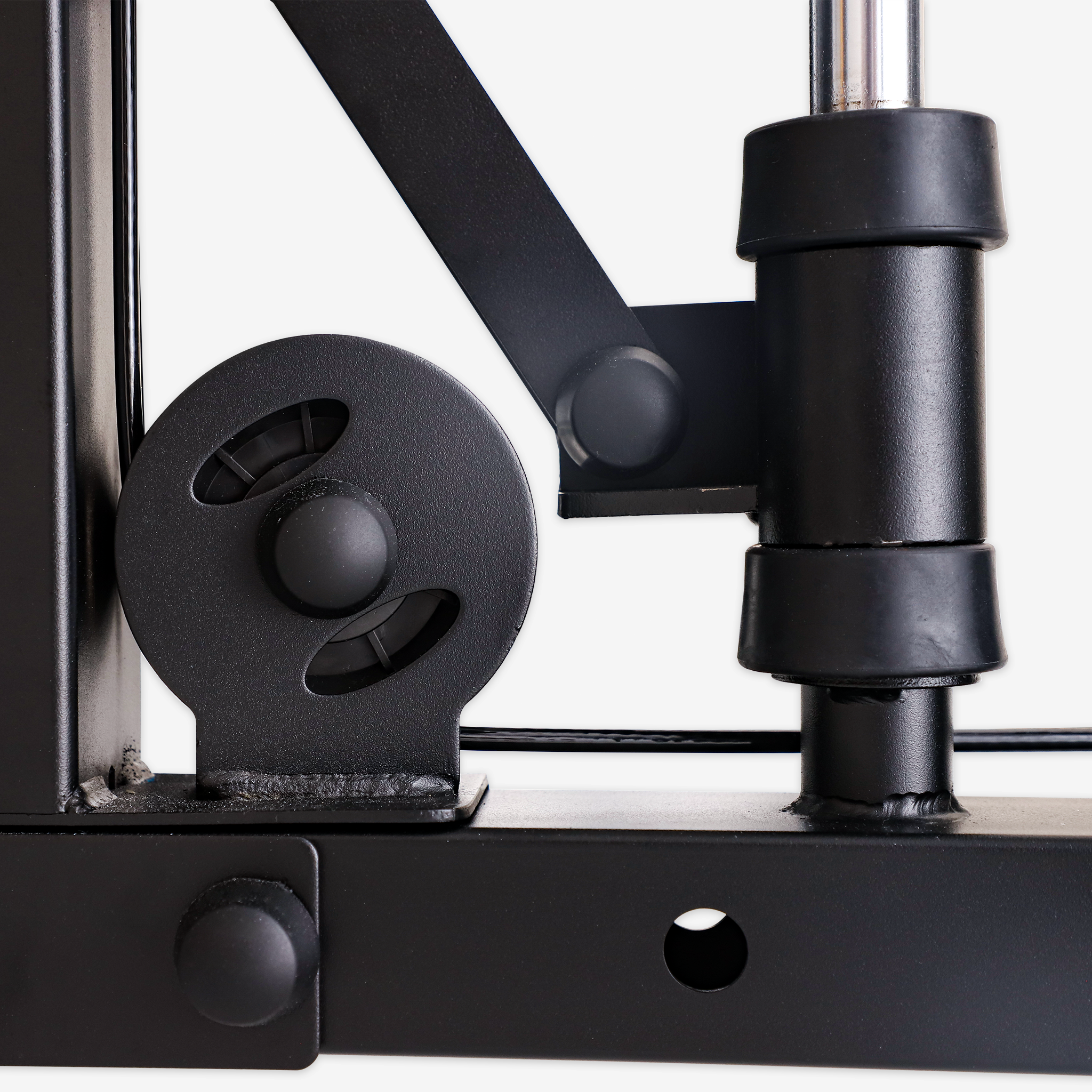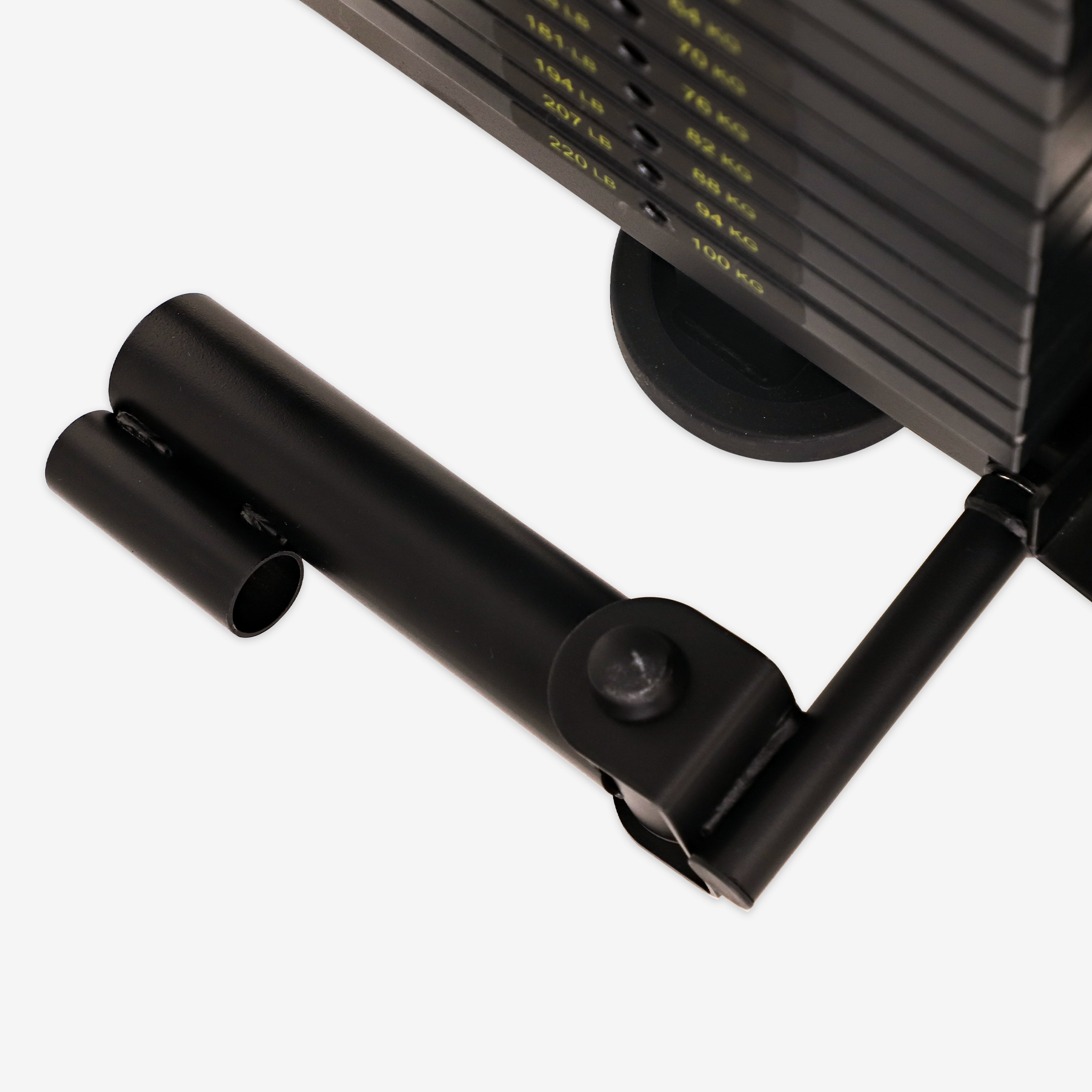The squat is often celebrated as the "king of strength exercises," offering a full-body workout that emphasizes lower body strength, core stability, and overall coordination. With the advancement of fitness equipment, variations like the Smith machine reverse squat have gained popularity, offering a fresh take on traditional squats. This exercise presents unique advantages but also comes with specific limitations. Whether you're a beginner, an advanced practitioner, or someone in between, understanding these aspects will help you determine if the Smith machine reverse squat is the right fit for your training needs.
What Is the Smith Machine Reverse Squat?
The Smith machine reverse squat is a squat variation performed using a Smith machine, which features a barbell on a fixed linear track. In this exercise, you stand facing the machine with the barbell resting on your shoulders, then perform a squat. The fixed path of the Smith machine allows for more focused engagement of the lower body muscles without the added challenge of maintaining balance, which is often required in traditional free squats.
Advantages of the Smith Machine Reverse Squat
1. Enhanced Safety and Stability
The Smith machine’s fixed trajectory provides enhanced stability, reducing the risk of losing balance compared to free squats. This makes it an excellent option for beginners or those who may feel insecure with free squats. Additionally, the built-in safety mechanisms, such as lockouts, add an extra layer of protection, helping prevent accidents if you lose strength during the exercise.
2. Targeted Lower Body Muscle Activation
The Smith machine reverse squat allows you to focus more specifically on lower body muscles, including the quadriceps, hamstrings, and gluteus maximus. This isolated focus leads to more effective muscle engagement and can help in shaping and strengthening these muscle groups.
3. Versatility and Adaptability
The Smith machine reverse squat is adaptable to various fitness levels. By adjusting the height and load, you can easily modify the exercise's difficulty, making it accessible for everyone from beginners to advanced practitioners. It can also be integrated into a broader training regimen as an auxiliary exercise to complement other lower body workouts.
Limitations of the Smith Machine Reverse Squat
1. Restricted Natural Movement
While the fixed path offers stability, it can also limit the body’s natural movement during the squat. Traditional squats involve a complex three-dimensional motion, but the linear path of the Smith machine may lead to an unnatural movement pattern, potentially increasing stress on the knees and lower back over time.
2. Reduced Core Engagement
Unlike free squats, which require substantial core engagement to maintain balance, the Smith machine reverse squat involves less core muscle activation due to the fixed path. This reduced engagement means that core stability may not develop as effectively as it would with free weights.
3. Limited Training Variety
The Smith machine’s fixed trajectory confines the movement, limiting the variety of exercises that can be performed. For those seeking comprehensive lower body development, the lack of variation may reduce the overall effectiveness of their training.
Who Should Consider the Smith Machine Reverse Squat?
1. Beginners and Rehabilitation Trainees
For those new to strength training, the Smith machine reverse squat offers a safe and straightforward method to learn proper squat form while building lower body strength. It’s also suitable for individuals in rehabilitation, providing a controlled environment to gradually regain strength.
2. Fitness Enthusiasts Focused on Lower Body Sculpting
This exercise is ideal for those aiming to sculpt their lower body, as it effectively isolates and targets key muscle groups, including the legs and glutes.
3. Advanced Practitioners Using It as Supplemental Training
Experienced athletes can use the Smith machine reverse squat to complement free squats, particularly in a training cycle focused on enhancing lower body strength. The machine's stability allows for high-intensity training with heavier weights, aiding in overcoming strength plateaus.
Conclusion
The Smith machine reverse squat offers unique benefits, particularly in terms of safety, stability, and targeted muscle engagement. However, it also comes with certain limitations, such as restricted natural movement and reduced core activation. While it can’t fully replace the traditional free squat, it serves as a valuable alternative for specific training needs. By carefully evaluating your fitness goals and the characteristics of this exercise, you can effectively incorporate the Smith machine reverse squat into your training regimen to achieve optimal results.

